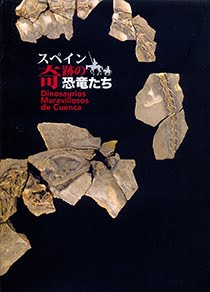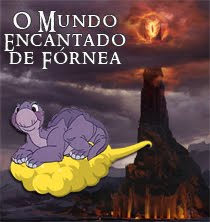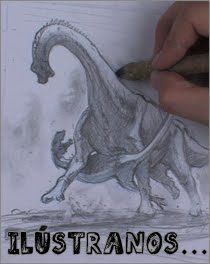El yacimiento del Campaniense Laño (Condado de Treviño, Burgos) fue el primero en aportar abundante información sobre las faunas de tortugas del Cretácico más superior españolas. El estudio del abundante material de tortugas reconocido en ese yacimiento permitió reconocer varias formas nuevas. Una de ellas correspondía a Polysternon atlanticum, el primer miembro de Bothremydidae (Pleurodira) definido en el registro español.
En la actualidad se identifica relativamente abundante material de Bothremydidae en los yacimientos del Cretácico Superior de España, siendo este linaje uno de los grupos de tortugas más abundantes y diversos en el registro de tortugas dulceacuícolas de ese periodo en Europa. El conocimiento sobre estas formas ha mejorado notablemente en los últimos años. Sin embargo, la forma de laño no fue, hasta ahora, revisada y toda la información hasta ahora disponible es anterior al siglo XXI. La revisión del material de Bothremydidae de Laño previamente conocido, y el estudio de abundante material inédito han sido presentados en las VIII Jornadas Internacionales sobre Paleontología de Dinosaurios y su Entorno (Salas de los Infantes, Burgos).
En la actualidad se identifica relativamente abundante material de Bothremydidae en los yacimientos del Cretácico Superior de España, siendo este linaje uno de los grupos de tortugas más abundantes y diversos en el registro de tortugas dulceacuícolas de ese periodo en Europa. El conocimiento sobre estas formas ha mejorado notablemente en los últimos años. Sin embargo, la forma de laño no fue, hasta ahora, revisada y toda la información hasta ahora disponible es anterior al siglo XXI. La revisión del material de Bothremydidae de Laño previamente conocido, y el estudio de abundante material inédito han sido presentados en las VIII Jornadas Internacionales sobre Paleontología de Dinosaurios y su Entorno (Salas de los Infantes, Burgos).
El resumen es el siguiente:
The finding of the Spanish Campanian site of Laño (Treviño County, Burgos Province, Castile and Leon) brought a significant increase in the knowledge about the European Upper Cretaceous vertebrate faunas. Several lineages were identified there for the first time in the Iberian record, and new taxa were defined. In the case of the turtles, the findings performed in Laño were very relevant. Thus, several new forms were described, including basal taxa (the representative of Helochelydridae Solemys vermiculata); a basal lineage of Pan-Pleurodira (the clade Dortokidae, represented by the new taxon Dortoka vasconica); and a representative of the pleurodiran group Bothremydidae (Polysternon atlanticum). More recent findings have allowed to identify abundant material attributable to this last clade of Pleurodira in other Spanish and French Campanian and Maastrichtian sites, highlighting, due to its abundance and good preservation, the remains coming from Lo Hueco fossil site (Cuenca Province, Castilla-La Mancha). Thus, two synchronic and sympatric forms, both shared with the Upper Cretaceous record of southern France, have been identified in Lo Hueco: Iberoccitanemys convenarum and Foxemys mechinorum.
Information on the relatively small bothremydid species defined in Laño (i.e. Polysternon atlanticum) is, so far, very limited. In fact, scarce material was attributed to that form. Despite the abundant Iberian record of this group identified after the findings from Laño, its presence has not been, until now, confirmed outside this site.
Abundant specimens of Bothremydidae from Laño, which remained until now unpublished, have been prepared for the study. The detailed analysis of these specimens, together with the revision of the previously known material of Bothremydidae from the site, allows us to improve the knowledge about the anatomy and systematics of the form or forms present in this site, as well as to carry out the comparative study with the material identified in other sites. Therefore, new implications on the diversity and distribution of Bothremydidae in the uppermost Cretaceous record of southwestern Europe are proposed.
_____
Más información:
- Referencia: Pérez-García, A., Ortega, F., Murelaga, X. 2019. The bothremydid turtles from the Spanish Campanian site of Laño: an update. Póster. Libro de resúmenes del VIII Jornadas Internacionales sobre Paleontología de Dinosaurios y su Entorno: 107.
- Imagen: Placa nucal correspondiente al holotipo del Bothremydidae de Laño.













































- Síguenos en Twitter
- "Síguenos en Facebook
- RSS
Contacto